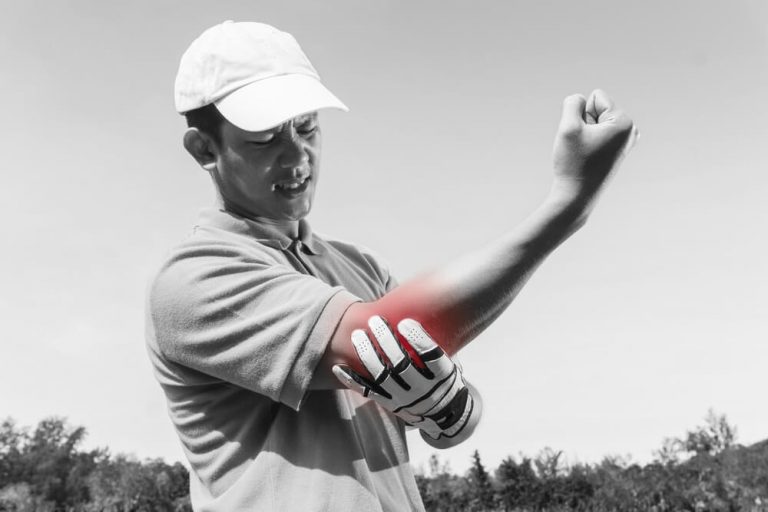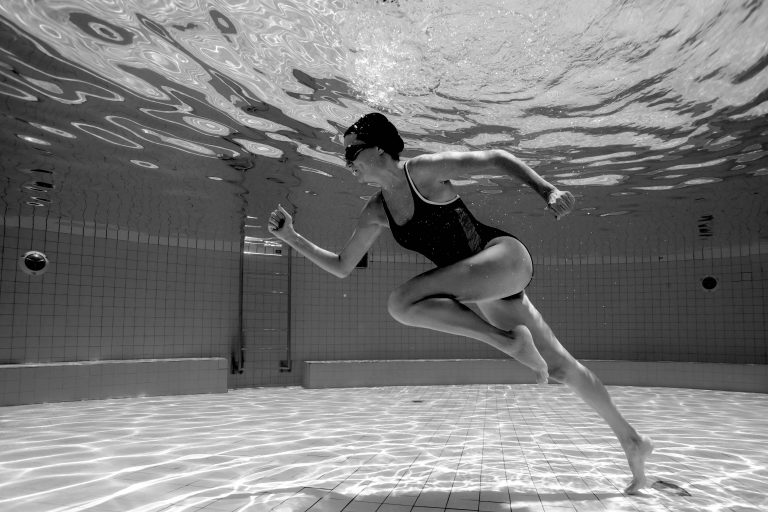It is estimated that approximately 6 million orthopedic surgeries are performed in the United States annually. That means that roughly 1 out of every 50 people are having some sort of elective or emergency surgery on a joint, muscle, tendon, ligament, or bone each year! That is an astonishingly large number of athletes and active individuals who are having to miss time at practice, competitions, work, and doing the activities they love while they recover.
The role of a physical therapist after any operation is to help patients restore their full function and resume their previous lifestyle, but no two rehabilitation plans are the same. Treatment for a 15-year-old soccer player following an ACL repair is vastly different from that of a 75-year-old with a knee replacement. Regardless of the surgery performed or the goals of the patient, there is overwhelming evidence that early mobility is key for returning to 100% as quickly and safely as possible.
Movement after surgery can be challenging for a patient for a variety of reasons, such as pain, edema, fear avoidance, and surgical protocols and restrictions. Luckily, physical therapists that have access to a pool are able to provide an exercise environment that can decrease or eliminate these barriers to early mobility and get a patient back on track as soon as possible.
The Many Benefits of Aquatic Therapy
Aquatic therapy, or performance of physical therapy in a pool environment, is a great alternative or supplement for individuals who are not able to exercise comfortably on land, have weight bearing precautions, or have sports-specific goals they are working towards. Aquatic therapy assists in decreasing pain and swelling, improving joint range of motion, facilitating normalized gait pattern, enhancing movement and coordination training, and allowing for earlier cardiovascular training and introduction to plyometrics.
The “secret” to aquatic therapy lies in the properties of water and the benefits these properties provide in the various stages of rehabilitation. Hydrostatic pressure, buoyancy, viscosity, and turbulence combine to create a unique environment that facilitates earlier movement and better outcomes on land following surgery. Working one-on-one in the pool with a qualified and knowledgeable physical therapist can ensure that a patient is maximizing their potential in all phases of the rehab process.
Initial Phases: Protection and Range of Motion
The initial goals of a post-operative protocol include alleviating pain, decreasing swelling, improving range of motion, and early activation of the surrounding muscles, all while being careful to protect the surgical repair. Education on how to move and perform activities of daily living safely is also crucial at this stage, especially for older adults.
Following surgery a surgeon will typically allow their patient to get in a pool once the stitches or staples are removed and the incision has fully closed, though in some cases an incision can be submerged as early as 4 days post-op with use of a waterproof and occlusive bandage. While some surgeons may be hesitant for their patients to begin aquatic therapy so soon due to the risk of infection, studies have demonstrated that early submersion in a pool has no correlation with increased infection rates.
During this time the hydrostatic pressure of water is a great tool for accomplishing some of the aforementioned goals and promoting early mobility. Hydrostatic pressure rises as the depth of the pool increases and is typically greater than our diastolic blood pressure, which helps push fluid and blood toward the trunk and heart. This optimizes venous return and lymphatic drainage, resulting in decreased swelling and greater range of motion both during and after an aquatic therapy session.
Immersion in water also decreases the perception of pain through desensitization of the surgical area. Tiny nerve endings in the skin are cut during surgery resulting in numbness, tingling, and sharp, shooting pains during the early recovery process. Contact with water can help desensitize the incision and surrounding skin, similar to rubbing various pieces of fabric on the area after surgery.
Early Phases: Motor Control and Initial Strengthening
In the early stages of a surgical protocol some patients may have weight bearing precautions, meaning that only a certain amount of weight can be placed on the affected body part. Patients may need to use a walker, crutches, and/or a post-operative brace to continue to protect the repair. During this time it’s important for the patient to relearn normal movement patterns as soon as possible to prevent compensation and risk of additional injuries.
Gait training can be accomplished in the pool without placing excess stress on a surgical repair due to the buoyancy of the water. For example, exercising in waist-deep water results in a 50% reduction of bodyweight and less impact on the lower extremities. This allows a patient to re-establish proper gait mechanics earlier than they would be able to on land, and research has shown that walking in a pool after surgery translates well into land-based activities as weight bearing precautions are removed.
Similarly, strengthening exercises can be initiated earlier in the water without compromising the integrity of a repair. Exercises such as squats and balance activities can be performed safely while focusing on proper form and avoiding compensatory movements.
Intermediate Phases: Progressive Strengthening
The middle stages of a post-operative rehab plan are crucial for eventual return to full activities, and typically emphasize regaining strength, balance, coordination, and cardiovascular conditioning. While return to land-based exercise is often appropriate at this point, there are still many benefits to continuing with regular aquatic therapy sessions, particularly for older adults or those who are overweight or limited by health conditions such as arthritis.
Strength exercises can be performed in the pool without the use of additional weights because of the viscosity of the water. Water is roughly 50 times thicker than air, providing resistance as the body is moved in multiple directions. As patients become stronger, exercises can be progressed by adding resistance equipment such as paddles or fins, or by simply moving the limbs more quickly through the water. Balance exercises can be made more difficult by the therapist increasing the turbulence around the patient, creating an unstable environment and forcing the patient to work harder to maintain their position and posture.
The increased resistance of the water also allows for additional aerobic training in the pool, such as walking, running, kicking, and high-intensity interval training. Maintaining cardiovascular fitness and endurance after surgery is important in all populations, but especially for athletes. Decreased conditioning is a major risk factor for sports-related injuries and re-injuries. One recent study found that professional football players continued to demonstrate aerobic fitness deficits 6 months after surgery, further indicating the need for cardiovascular training throughout the entire rehab program.
Late Phases: Advanced Strengthening and Return to Activity
Later stages of the recovery process emphasize performance training and return to previous activities. Exercises are often more complex and may involve running, jumping, cutting, throwing, and other movements that are work or sport-specific. A training program at this time may look very different from others depending on the surgery performed and the goals of the patient, and working with a therapist that has a thorough understanding of the profession or sport is imperative.
For athletes, plyometric exercises are often prescribed at this point to increase power, speed, and agility needed for sports performance. Early plyometric training has been proven to aid in dynamic joint stabilization and force production, but these exercises cannot be safely performed on land until certain criteria are met. Aquatic therapy allows for running and jumping to be added much earlier in the process due to decreased forces on the body. Peak ground reaction forces are reduced by 45-60% when plyometrics are performed in the water, limiting stress through the joints and muscles while still allowing for early retraining of sport-specific movement patterns.
Aquatic Therapy Designed for YOU
Regardless of what orthopedic surgery someone is recovering from, each case is unique and requires an individualized rehab plan from a Doctor of Physical Therapy. At FLO Physical Therapy & Performance we’re thrilled to be able to provide aquatic therapy services to our clients to help them accelerate the recovery process and accomplish their physical goals. If you’re planning on having surgery soon, have recently had surgery, or know someone that would benefit from aquatic therapy, give us a call today and learn more about what we can do to help!
References:
- Buckthorpe M, Pirotti E, Villa FD. Benefits and use of aquatic therapy during rehabilitation after ACL reconstruction -a clinical commentary. Int J Sports Phys Ther. 2019;14(6):978-993.
- Villalta EM, Peiris CL. Early aquatic physical therapy improves function and does not increase risk of wound-related adverse events for adults after orthopedic surgery: a systematic review and meta-analysis. Arch Phys Med Rehabil. 2013;94(1):138-148.




